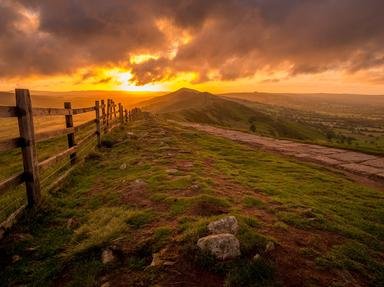
Get Your Kicks in England Trivia Quiz
What can you see from the A66?
America had its famous Route 66, but there is a road with that number in the UK, too. It runs across northern England between the Irish Sea and the North Sea. Starting in the west, can you put these places into the order that you will pass them?
An ordering quiz
by Lottie1001.
Estimated time: 3 mins.
- Home
- »
- Quizzes
- »
- Geography Trivia
- »
- Europe
- »
- England